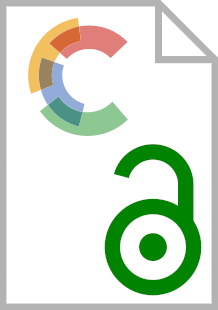Date: 2007
Type: Working Paper
The Post-communist Tripartition, 1996-2004. Contrasting Actor-centred and Structural Explanations of Political Change in the Post-Communist Setting
Working Paper, EUI SPS, 2007/08
MOLLER, Jorgen, The Post-communist Tripartition, 1996-2004. Contrasting Actor-centred and Structural Explanations of Political Change in the Post-Communist Setting, EUI SPS, 2007/08 - https://hdl.handle.net/1814/6877
Retrieved from Cadmus, EUI Research Repository
Since the upheavals of 1989-1991, the post-communist countries have embarked upon three distinct political tracks - one leading to democracy, one to what may best be termed hybrid regime, and one to autocracy. How can this tripartition be explained? Using typological theory, this paper contrasts a general set of actor-centred explanations with a general set of structural explanations. The most notable thing about the postcommunist setting turns out to be the striking geographical regularities on the dependent and the independent variables. In essence, both the actor-centred explanations and their structural equivalents elucidate the political pathways of the period 1996-2004. It is very difficult to see how such regularities - to wit the combination of ‘intrasubregional’ similarities and ‘inter-subregional’ differences - could be created by actors; rather, their origin must be sought in the structural point of departure.
Cadmus permanent link: https://hdl.handle.net/1814/6877
ISSN: 1725-6755
Series/Number: EUI SPS; 2007/08
Keyword(s): Post-communism typological theory actors structures
